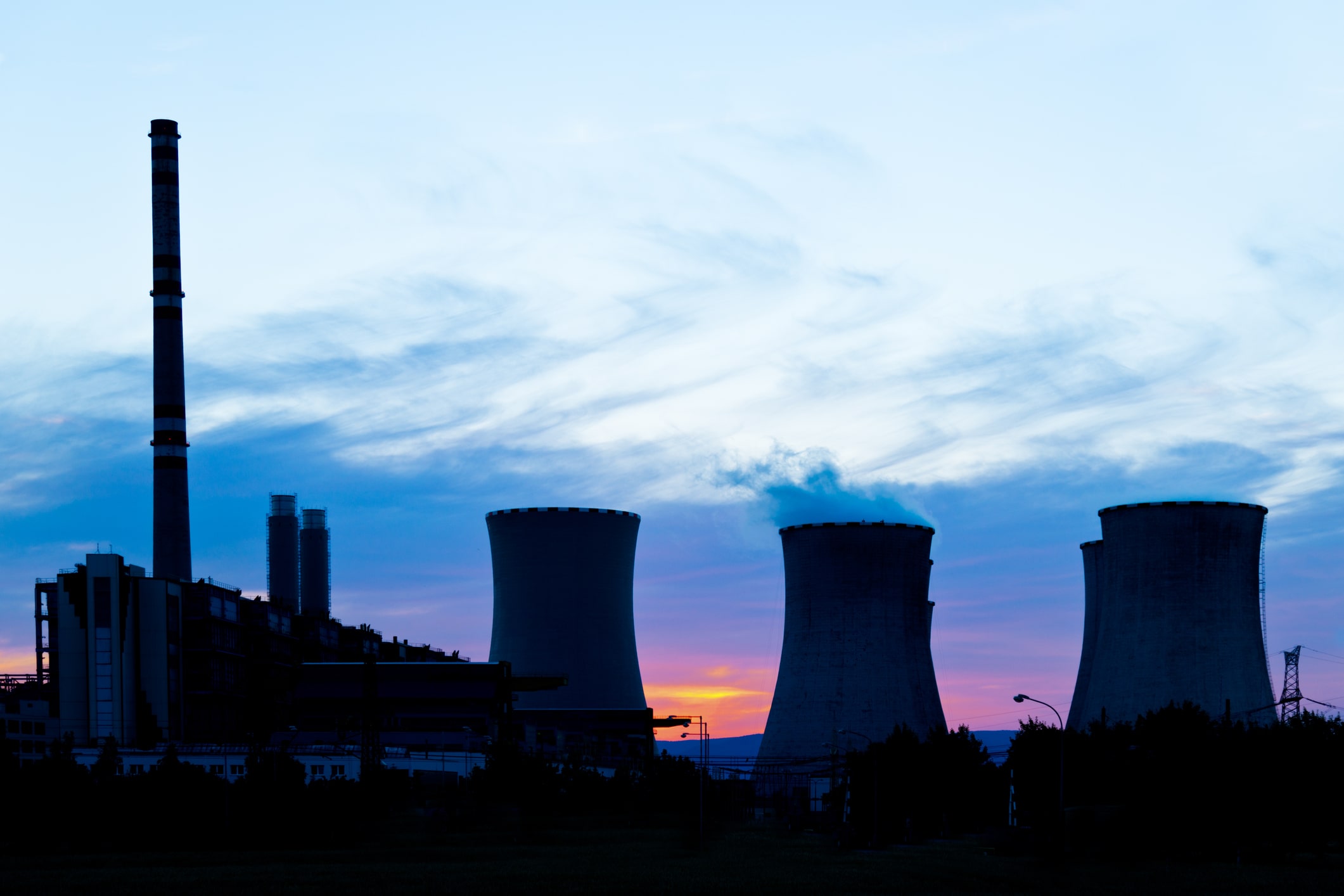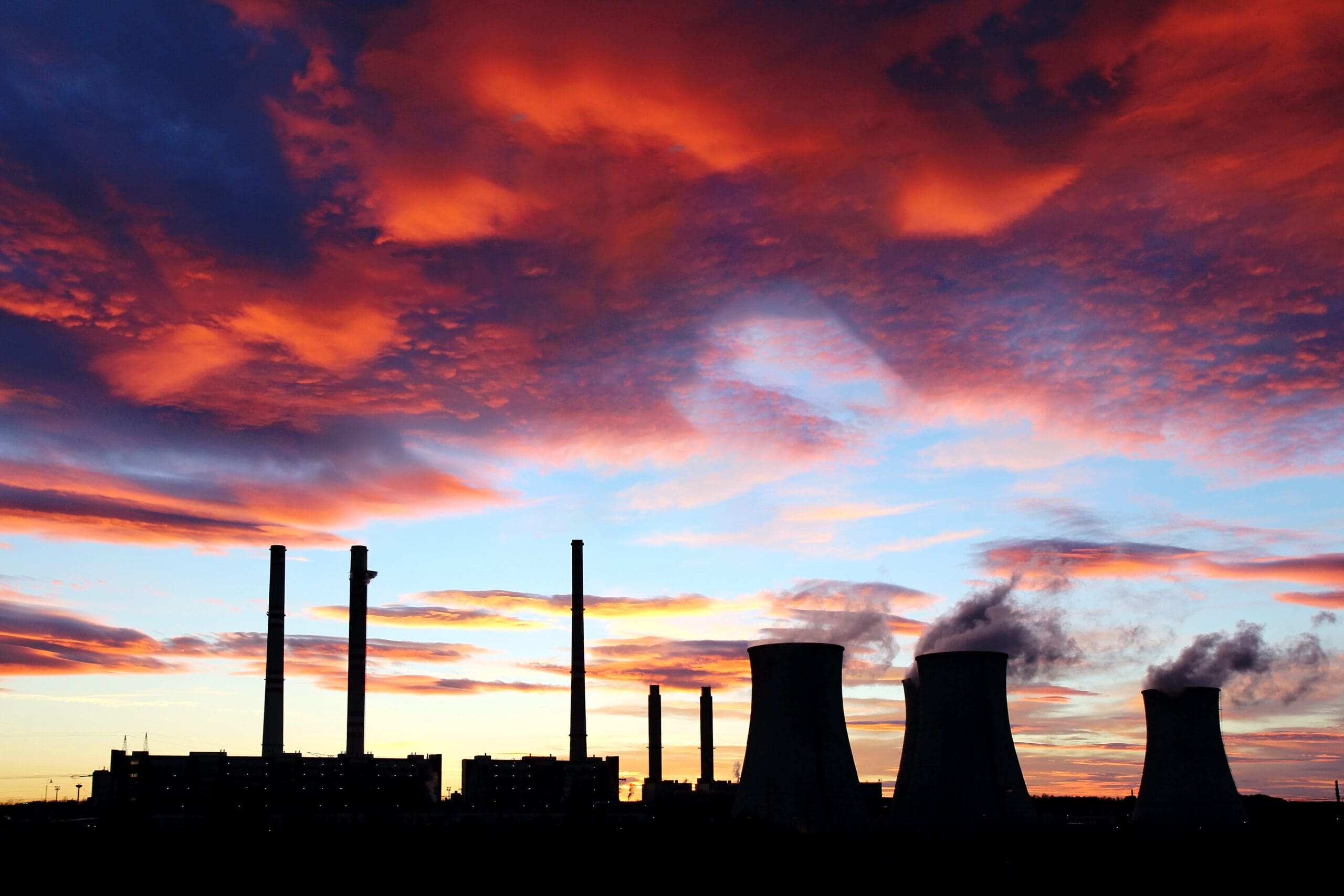On May 8, 2024, the U.S. Environmental Protection Agency (EPA) published the final Hazardous and Solid Waste Management System: Disposal of Coal Combustion Residuals from Electric Utilities; Legacy CCR Surface Impoundments (final Rule) [EPA-HQ-OLEM-2020-0107; FRL-7814-04-OLEM] to amend Subpart D of part 257 of Title 40 (the CCR Rule). The final Rule becomes effective on November 8, 2024, bringing forth a series of significant revisions and clarifications of the original CCR Rule, in addition to the newly established requirements for legacy CCR surface impoundments and CCR management units (CCRMUs) that will necessitate groundwater monitoring, closure and corrective action at what will amount to a considerable number of newly regulated CCR units.
Major Changes in the Final Rule Extend CCRMU Timelines
In 2023, TRC, along with several other public commenters, identified major implementation challenges in the proposed draft version of the CCR Legacy Rule related to prescribed deadlines for milestones such as well installations for CCRMU. EPA’s desire to address these CCRMUs in a short timeframe would cause significant bottlenecks, strain the limited specialized resources needed to perform the work (e.g., drillers, laboratories, geologists, engineers) and create difficulties meeting overlapping regulatory requirements (e.g., state drilling permits, access/clearing and timing restrictions related to protected habitats, other state permits or consent decrees). In addition to the compressed timeline allowed to complete field investigations, the proposed deadlines were inefficaciously ordered– for example, closure plans were required to be written prior to completing groundwater monitoring, requiring closure decisions to be made before groundwater impacts were assessed. Commenters argued that this schedule was difficult and impractical to meet.
As evidenced in the final Rule, EPA listened to commenters’ concerns and extended several of those deadlines. Some key extensions include delaying the required deadline for establishing groundwater monitoring networks to May 8, 2028 (as opposed to 6 months after the effective date) and written closure plans are now due November 8, 2028, after initiating detection and assessment monitoring, allowing time for the groundwater results to inform closure decisions.
Related Services

Does the Extension Provide Enough Time for Compliance?
While the final Rule schedule does allow some much-needed flexibility and proper sequencing for making closure decisions, a closer look reveals the schedule is still aggressive and requires advance planning to appropriately meet the deadlines set forth in the final Rule.
For CCRMUs, the following action items must be completed by May 8, 2028:
- Install a groundwater monitoring system,
- Develop a groundwater sampling and analysis program, and
- Initiate detection and assessment monitoring programs.
In order to meet this deadline effectively, all of the underlying tasks such as developing a conceptual site model, certifying the well network, collecting a minimum of eight background samples, and developing a statistical analysis program must also be considered.

Allow Ample Time for Background Monitoring
Background monitoring is a key component required to initiate detection and assessment monitoring programs. Quarterly background monitoring is recommended at a minimum to optimize data quality and temporal independence to the extent feasible within the time constraints of the rule. To account for at least eight quarterly rounds of groundwater sampling and time to establish the required statistical limits means the monitoring networks would need to be installed by December 2025. We recognize that even quarterly monitoring for some sites will not adequately capture temporal variability, however, with the timeframes of the rule, quarterly is the minimum recommended frequency.
There was a recognized challenge with capturing temporal variability and enhancing statistical power within datasets generated from the newly installed networks during the original CCR Rule implementation due, in large part, to the schedule constraints within the CCR Rule. Those facilities in the northern states are also incentivized to get well networks installed early, before the winter months, when weather delays and slowdowns are likely to occur. Similar logic applies to legacy surface impoundments under the final Rule to meet the even earlier deadline of May 8, 2027.




